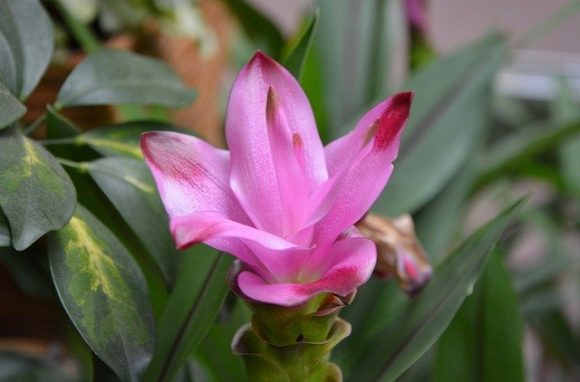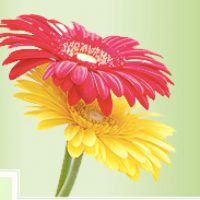All posts tagged curcuma aromatica
Turmeric Flowers: Superfood Or Myth?
Turmeric, also known as Indian saffron, and botanically known as curcuma longa, or curcuma aromatica, is a flowering plant in the zingiberaceae (ginger) family. It is thought to have originated from India before spreading to Africa, Asia and other regions of the world including North America. Continue reading [...]

